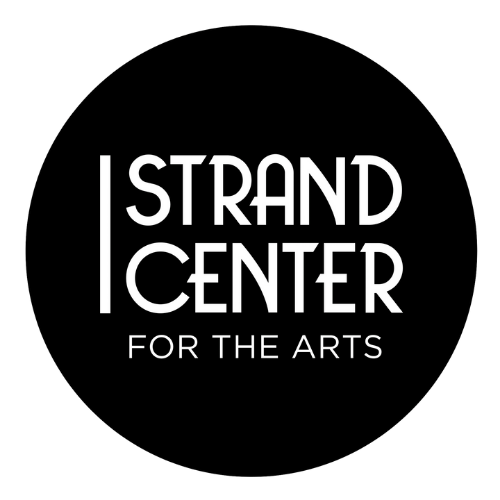A Historical Art
When many think of folk art, the image of community and family pops into their head. It may be a parent teaching their children how to create their traditional crafts, or an elder in the community passing down their skills to their neighbor. Weaving has been a part of civilization since the Neolithic era. Over 12,000 years ago, early humans used simple supplies like twigs and plant fibers to create baskets and even homes. Weaving was a necessity through most of history, developing into a loved art.
The history of weaving spans thousands of years, tracing back to ancient civilizations such as Mesopotamia, Egypt, and China. Initially, weaving was a manual craft, with people using basic tools like hand looms to create textiles from natural fibers like wool, cotton, and silk. As societies advanced, so did weaving techniques, with innovations such as the warp-weighted loom in ancient Greece and the horizontal treadle loom in China.
During the Middle Ages in Europe, weaving guilds emerged, controlling the quality and trade of woven goods and passing down techniques from generation to generation. The Industrial Revolution marked a significant shift in weaving, with the invention of mechanized looms powered by steam engines, greatly increasing production rates and efficiency. This led to the mass production of textiles and the establishment of textile factories, fundamentally transforming the industry and shaping the modern world of weaving. Today, weaving continues to evolve with advancements in technology, materials, and design, while still preserving traditional techniques and cultural heritage.
“We were two days away from the deadline, I think?” Patricia Downs.
In the summer of 2023, Megan Charland, the Artistic Programming Director at Strand Center for the Arts had brought forth the opportunity to both Suzy Hokanson and Patricia Downs, to participate in a year-long apprenticeship program. Patricia Downs(apprentice) and Suzy Hokanson(master), will be continuing on the legacy of weaving.
“Plattsburgh was once rich with weavers, I hope with this opportunity we can reignite that.” - Suzy Hokanson
Suzy Hokanson has a similar experience to those who have been exposed to textiles. She learned them through her matriarch, learning how to sew from her mother. She then learned how to knit and do so throughout high school. Suzy taught in the Plattsburgh area for over 20 years, incorporating weaving into her art classes, with simple cardboard looms. Her love for weaving started over 40 years ago when Suzy traded for a two shaft loom. In her retirement she found more time to weave and sank into it. She got to focus her art on what she wanted and less on her students.
“It saved me through elections and pandemics.” - Suzy Hokanson
Suzy expressed the love of creating, referencing making treats for her children. With the treats being gone almost immediately, Suzy greatly appreciates the permanency of her weaved pieces.
“It’s something to show. It shows how much time I put into it.” - Suzy Hokanson
Patricia Downs has an impressive collection of textiles sculpture, having always leaned into the tactile realm of art. She expressed the gravitational pull fabric and fashion always had on her. Painting never really satisfied Patricia, instead she loved making crafts and projects that were a little more tangible. She loved the feeling of something that was made by her hands or mixing existing pieces with her handmade works.
“It’s the methodical nature of it. The process it takes.” - Patricia Downs
Learning under Suzy, Patricia revealed how challenging, but not frustrating weaving is. She expressed how much time and thoughtfulness goes into even beginning a piece.
“I would say 50% of it is just prep work.” - Patricia Downs
In the time Suzy and Patricia have had in this opportunity they both have learned from each other. Suzy expressed her love of teaching Patricia, finding inspiration in her process of learning. Suzy shared the admiration she had for Patricia’s process and how loved the excitement on her face when beginning a new project.
“It’s fun to see her color choices. She has taken what I have presented to her and ran with it.” - Suzy Hokanson
The apprentice and master both agreed the magic within weaving, seeing the piece come to life under their hands. The family aspect of weaving is very much prevalent in the work, not just in the history of weaving but in the literally weaving of the fibers together. They shared a expert from a book called “20,000 Years of Women’s Work.” In the first few pages, it describes two sisters working together to weave a piece; passing the threads to one another.
“In the history of fibers and weaving, so much of it is surrounded by women.” - Patricia Downs
The beauty of weaving and fiber arts lies in the what ifs. The curiosity of creativity when you begin a new piece. Suzy finds excitement in the fluidity Patricia has in weaving and how she has taken to the craft. Patricia appreciated the new perspective for her existing methods. She learned new ways to problem solve and her to be more intentional and patience with the pieces she creates.
“This opens up a new avenue to cover my armatures. I was already intentional with my work, but now I have a new method to do so.” - Patricia Downs
Suzy has so much joy embedded in her teaching. She stressed the importance of giving students skills and teaching them to solve things on their own. She expressed that there is no bandaid in teaching, but there is a necessity in giving your students tools.
Patricia and Suzy will be showcasing the progress in this apprenticeship on March 15th in the Strand Center Gallery.












